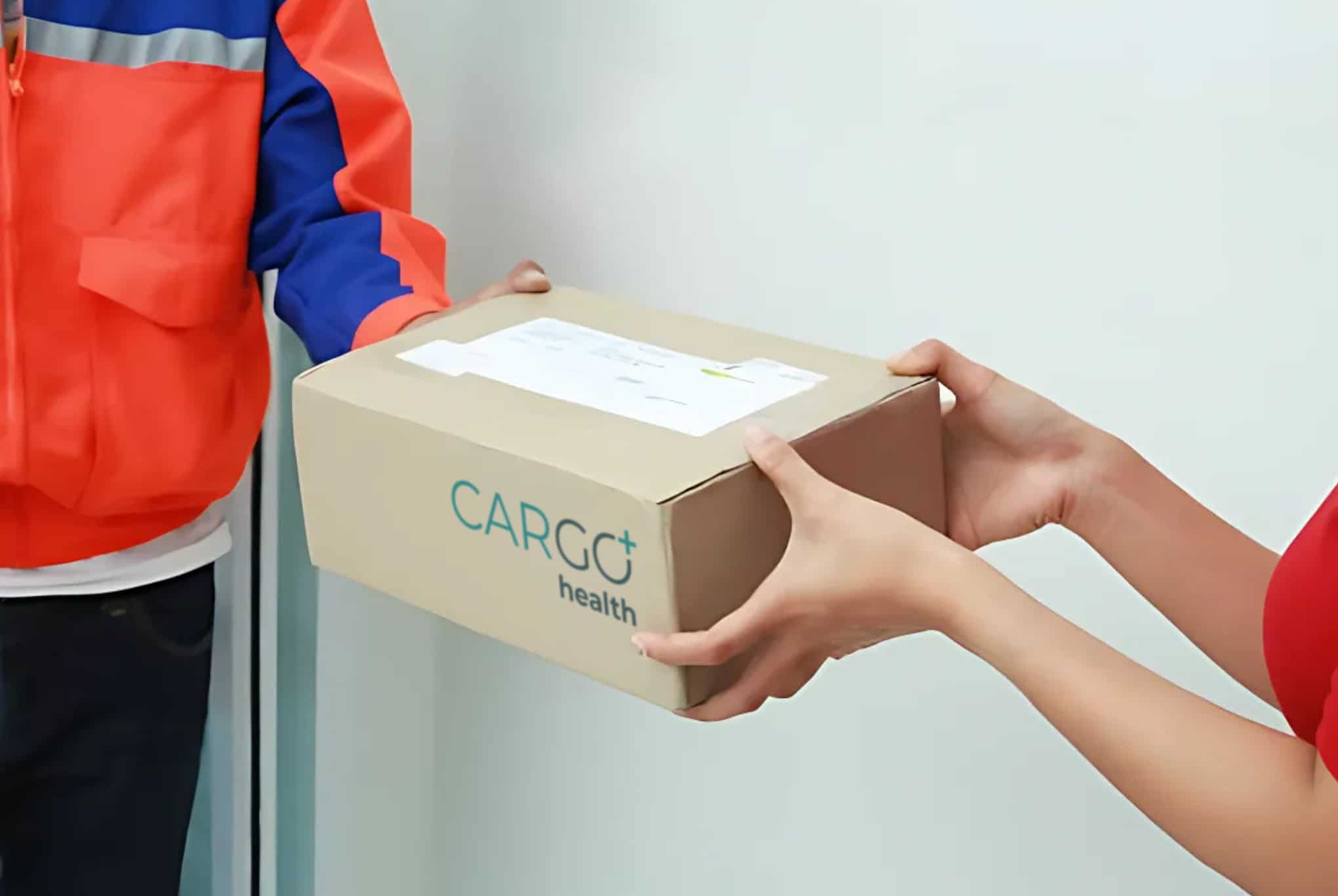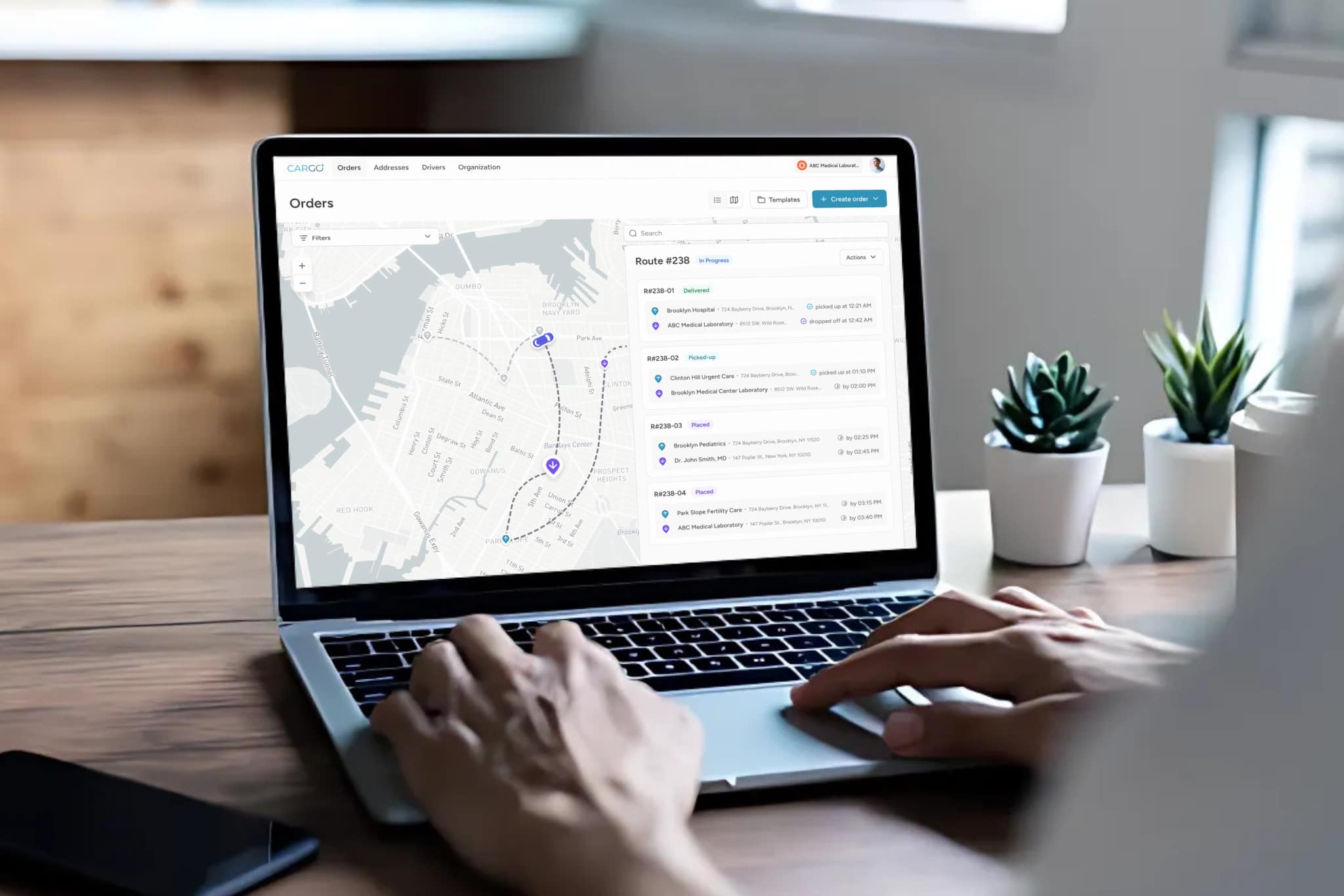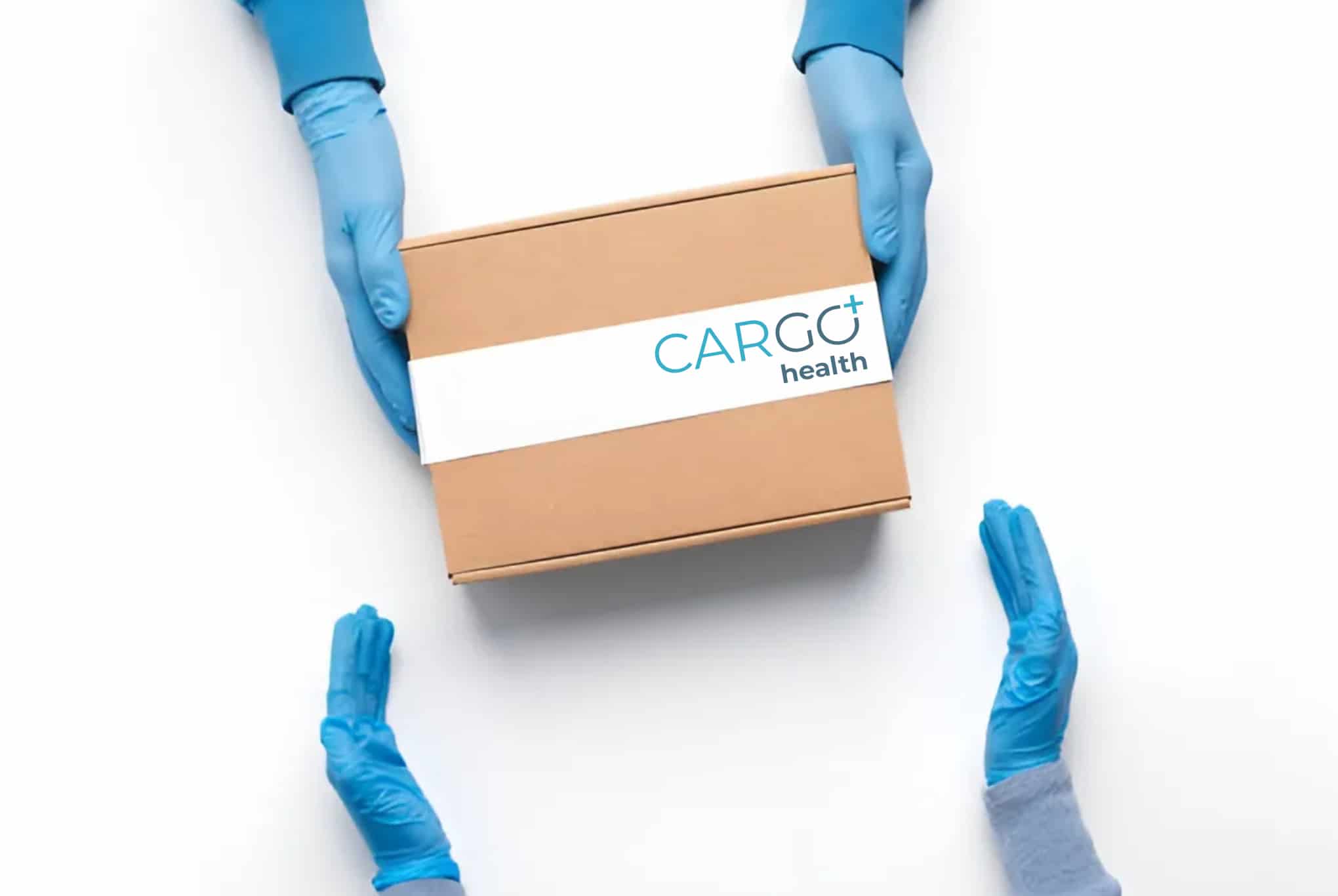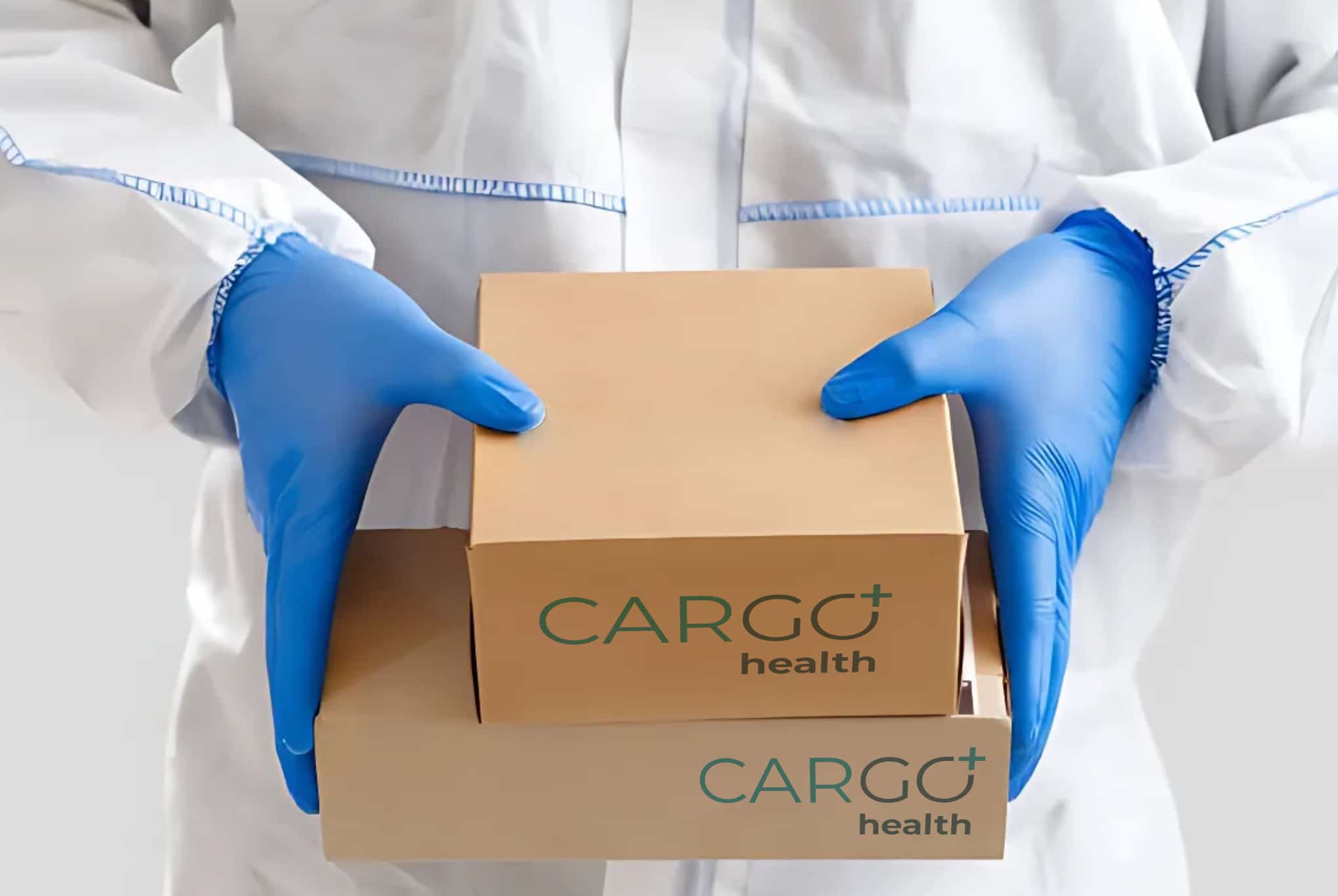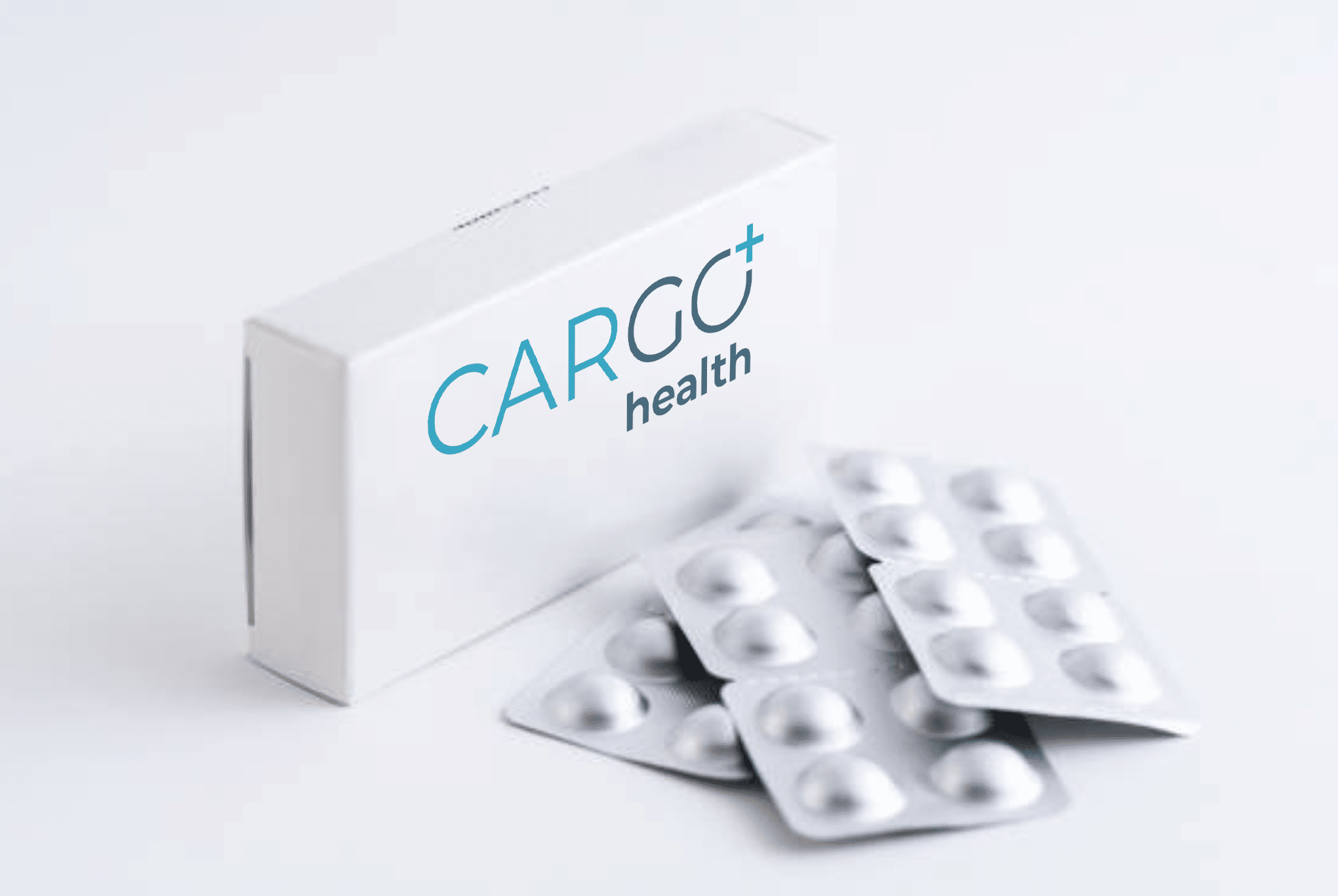The Role of Technology in Modern Medical Deliveries

The importance of medical logistics has risen significantly in recent years, underpinned by the necessity for secure, efficient, and timely deliveries. The field, once dominated by manual procedures, has transformed dramatically. Now, sophisticated technological systems orchestrate the flow of medical deliveries, ensuring not just timely transit, but also preserving the integrity of vital medical supplies and equipment.
Within this ecosystem, one factor remains unwavering: the convergence of healthcare needs with technological innovation. As medical processes become more intricate, so does the urgency for advanced logistics solutions. This article delves into how technology, in various capacities, has not only simplified but also revolutionized the intricacies of medical courier and delivery systems.
1. Advanced Tracking Systems
Evolution of Tracking Systems
Long past are the days of rudimentary GPS systems that simply pointed out the location of a package. Today’s advanced tracking systems for medical logistics employ multiple technologies, from real-time GPS to item-level tracking through RFID tags. Such advancements offer unparalleled granularity in tracking, ensuring every vital item is accounted for.
RFID, or Radio-Frequency Identification, specifically, has ushered in a new era. With its capability to track individual items within a shipment, it plays an instrumental role in preventing misplacement of critical medical equipment or medication. This level of granularity ensures that even the smallest package, perhaps carrying life-saving medication, never goes astray.
Telematics and Safety
Telematics transcends mere tracking, providing a confluence of telecommunications and vehicular technologies. In the realm of medical deliveries, this implies an intricate web of systems working in concert. From real-time vehicle diagnostics to driver behavior analytics, telematics offer a panoramic view of the entire delivery process.
One must not overlook the safety implications either. By monitoring instances of rapid braking, sharp turns, or even seemingly innocuous route deviations, telematics systems ensure the safety and integrity of medical products in transit. This real-time feedback loop not only promotes safer driving practices but also guarantees the preservation of medical goods’ efficacy.
Client Interfaces and Integration
The end-to-end delivery process in today’s age is not just about the physical transit but also the data-rich interfaces that support it. Customized client portals, replete with sophisticated tracking and communication tools, offer healthcare institutions a comprehensive view of their orders. This real-time insight accelerates decision-making and enhances overall efficiency.
Further enriching this ecosystem is the seamless integration with existing IT systems in hospitals and pharmacies. The ability to place orders, track them, and even interface with inventory management systems—all from a single interface—minimizes manual interventions. This, in turn, dramatically reduces errors, streamlining the entire procurement and delivery process.

2. Cold Chain Innovations
Temperature Maintenance
The cold chain process is a lifeline for many medical supplies, especially those like biologics and certain medications that demand stringent temperature maintenance. Modern solutions extend beyond mere refrigeration; they encompass advanced sensors that offer real-time temperature and humidity metrics, ensuring each consignment remains within its specified range.
Such precision is not just a luxury but a necessity. Given the sensitivity of many medical supplies, even minor temperature fluctuations can compromise their efficacy. This has made real-time monitoring tools, often powered by IoT and advanced algorithms, essential in preserving the integrity of medical goods during transit.
Advanced Packaging Solutions
In the quest for optimal temperature maintenance, packaging solutions have undergone significant transformations. Traditional solutions, like ice packs, have been supplanted by innovations like vacuum-insulated panels and phase-change materials. These new-age solutions not only guarantee consistent temperatures but also maximize the payload by optimizing space.
Delving deeper into the debate between reusable vs. disposable packaging, each has its merits. Reusable solutions, although environmentally friendly and potentially cost-effective in the long run, demand rigorous maintenance and sterilization. On the other hand, disposable solutions, while reducing overheads associated with maintenance, raise environmental concerns. It’s a delicate balance, and the choice often hinges on the specific logistical needs and environmental stance of the medical institution.
3. Data Analytics and AI in Medical Deliveries
Operational Analytics
In an era characterized by the ubiquity of data, the realm of medical deliveries is no exception. Operational analytics, powered by advanced algorithms, processes a myriad of metrics, from delivery times to fuel efficiency. Such scrutiny helps pinpoint inefficiencies, promoting a more streamlined and cost-effective delivery process.
Beyond just operational improvements, the insights gleaned from these analytics serve a loftier purpose: patient safety. By ensuring timely deliveries and optimizing routes, medical couriers can drastically reduce delivery times for critical supplies, making a tangible difference in patient care outcomes. In essence, every byte of data contributes to a more efficient and patient-centric delivery ecosystem.
Artificial Intelligence in Operations
While analytics provides a window into current operations, artificial intelligence projects into the future. Dynamic route planning, powered by AI algorithms, evaluates current traffic patterns, historical data, and even local events, anticipating delays and recalibrating routes in real-time. Such foresight is invaluable, especially when delivering time-sensitive medical supplies.
Yet, the applications of AI aren’t confined to mere route planning. Predictive maintenance, for instance, taps into machine learning to preempt equipment breakdowns, scheduling maintenance tasks before issues escalate. This proactive approach minimizes downtime, ensuring an uninterrupted flow of vital medical consignments.
Data Security and Integrity
With a plethora of data coursing through the veins of the medical delivery infrastructure, security cannot be an afterthought. Protecting sensitive patient information, delivery details, and proprietary data is paramount. Advanced encryption techniques, combined with stringent access controls, ensure that data remains impervious to unauthorized access.
However, it’s not just about preventing breaches. Ensuring data integrity during transit and storage is equally critical. Advanced checksum algorithms, periodic data audits, and redundant storage mechanisms ensure that the data, often as vital as the medical consignment it represents, remains untainted and consistently available.
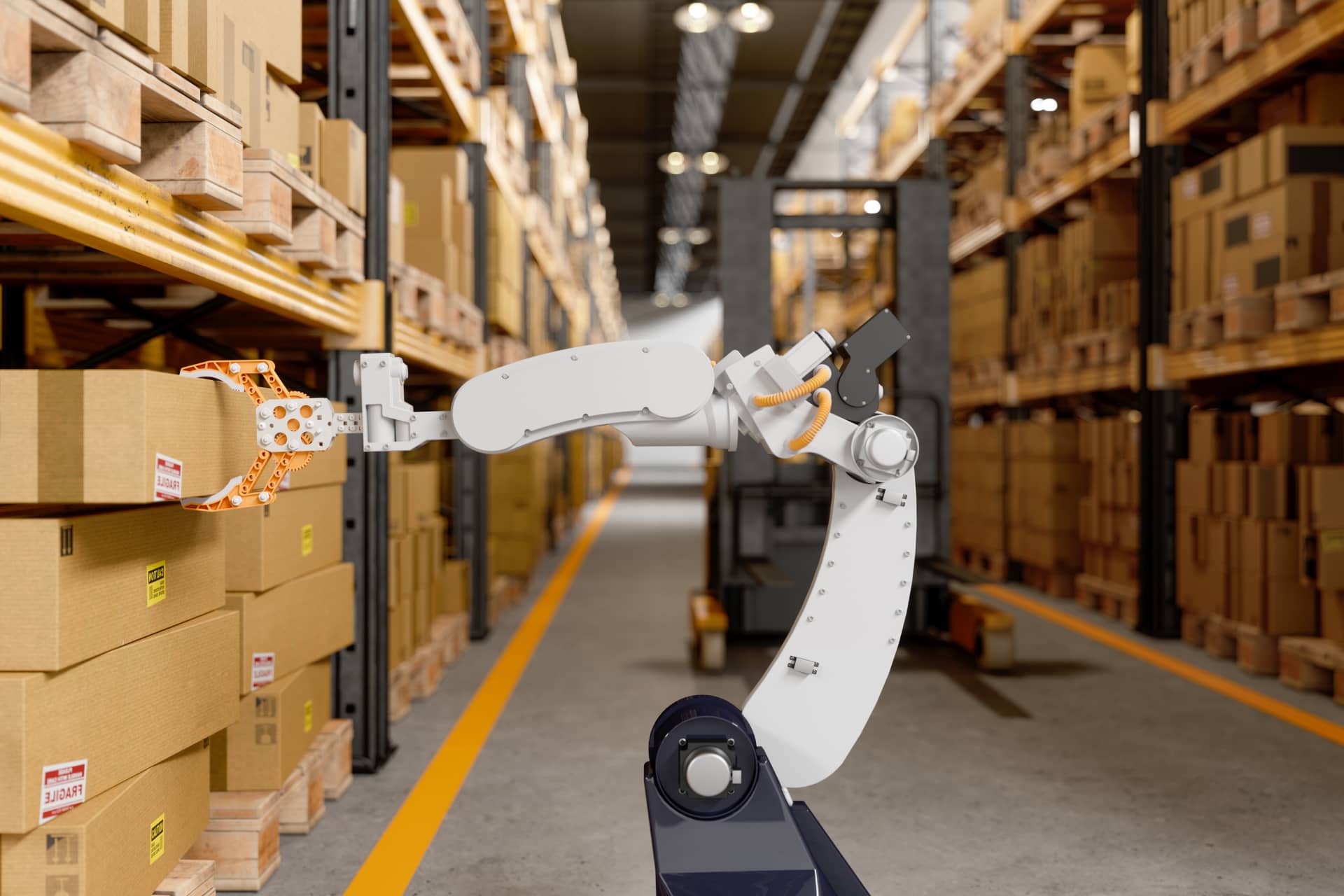
4. Robotic Assistance and Automation
Warehouse Automation
Modern warehouses, pivotal nodes in the medical delivery chain, are hives of automation. Automated storage and retrieval systems (AS/RS) dominate these spaces, ensuring efficient storage and swift retrieval of medical items. By minimizing human intervention, these systems reduce errors, safeguarding the sanctity of the medical supply chain.
Complementing these are sorting bots and conveyor systems, meticulously orchestrating the flow of goods within the warehouse. Such precision is vital, especially when dealing with a diverse inventory, ranging from bulky medical equipment to delicate vials of medication. By ensuring that every item is efficiently sorted and routed, these robotic assistants guarantee timely dispatches.
Robotic Delivery
The final leg of the medical delivery process, often termed the “last mile,” is undergoing a robotic revolution. Ground robots, designed for urban landscapes, navigate sidewalks, and corridors, ensuring safe and timely delivery within hospital environments. Such automation not only expedites deliveries but also frees up human resources for more intricate tasks.
Beyond mere efficiency, there’s an element of patient care embedded within robotic deliveries. Especially within sprawling hospital campuses, timely delivery can make a significant difference, be it a critical medication or specialized medical equipment. Robots, with their unerring accuracy and swiftness, are increasingly becoming the linchpin for such critical deliveries.
5. Integration with the Medical Internet of Things (IoT)
IoT in Patient Care
The Internet of Things, or IoT, is shaping a new paradigm in healthcare, interweaving patient care with technology. Real-time health monitoring devices, ranging from wearable sensors to embedded devices, continuously relay patient data, forming a data-rich tapestry of health metrics. The logistical challenge lies in ensuring that these devices receive timely supplies, be it batteries or specialized sensors.
This symbiotic relationship between medical deliveries and IoT culminates in enhanced patient care. For instance, an integrated delivery-data system might preempt the depletion of a critical medication, triggering an automated reorder. Such seamless integrations ensure that patients consistently receive the care they need, with minimal manual intervention.
IoT in Medical Inventory Management
Beyond patient care, the IoT wave is reshaping medical inventory management. Smart cabinets, equipped with sensors, monitor stock levels in real-time. This continuous surveillance, coupled with integrated inventory systems, can automatically trigger reorders, ensuring that stock levels remain optimal.
In such an interconnected ecosystem, the role of timely and accurate medical deliveries is accentuated. The integration ensures that replenishments are not just timely but also accurate, catering to the dynamic demands of modern healthcare institutions. This confluence of technology and logistics is shaping a more responsive and efficient healthcare landscape.
6. The Reality of Drone Deliveries
Current Drone Capabilities
The drone technology of today stands as a testament to years of relentless research and fine-tuning. Present-day drones employed in medical logistics boast impressive specs, with substantial weight capacities, extended flight times, and the agility to navigate diverse terrains. Equipped with cutting-edge battery technology, these drones are gradually expanding their delivery radius, heralding a new era in rapid and efficient medical deliveries.
However, it’s not just about the hardware. The software that orchestrates these aerial couriers is sophisticated. Utilizing real-time meteorological data, airspace restrictions, and even bird migration patterns, it crafts optimal flight paths, ensuring that medical consignments reach their destinations swiftly and safely.
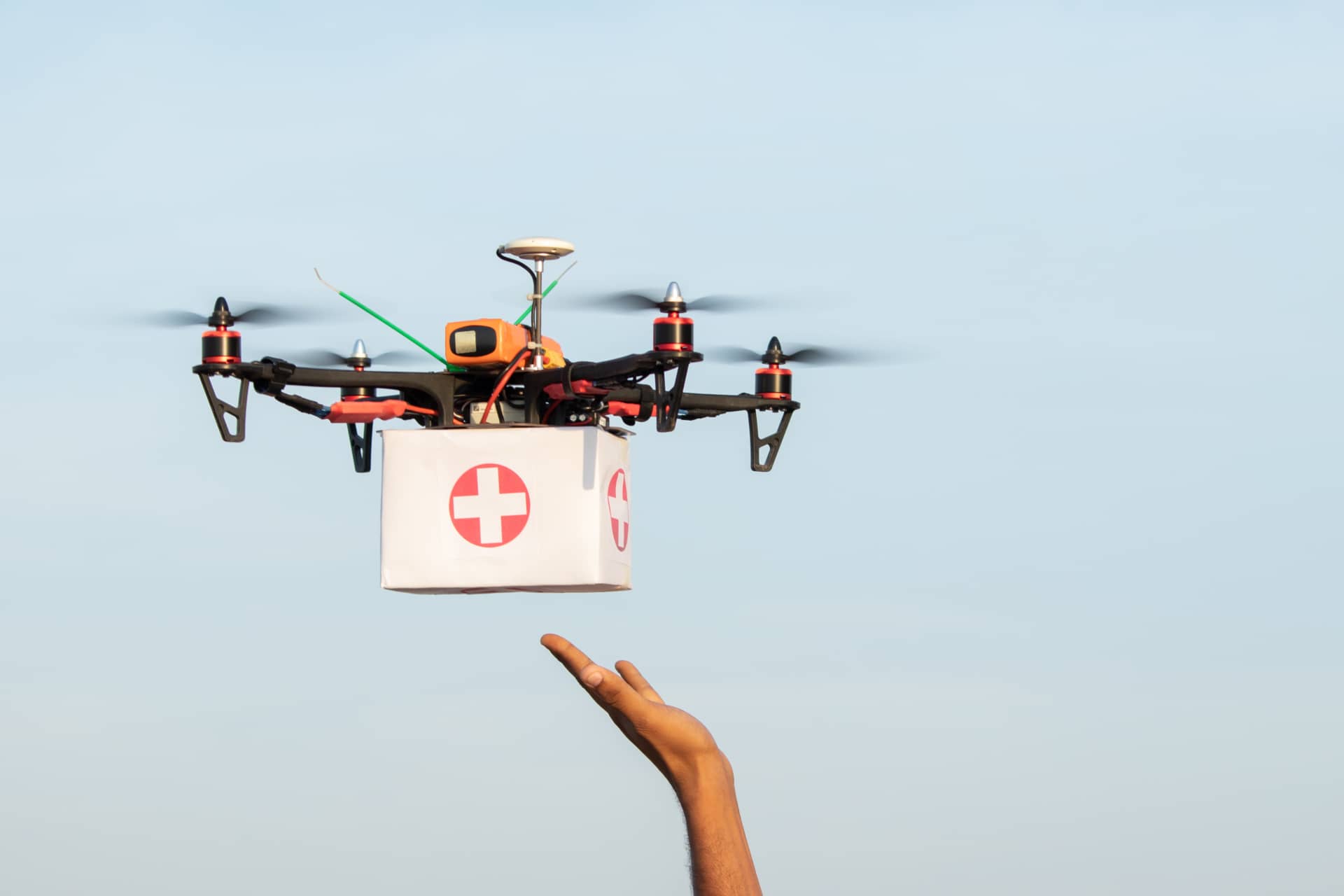
Real-world Applications
Drones are not just confined to the drawing board or controlled test environments; they’re making tangible differences in the real world. In remote, hard-to-reach areas, drones are ensuring that vital medications, like vaccines, are delivered promptly. Similarly, in densely populated urban zones, where traffic snarls can cause critical delays, drones are emerging as the go-to solution for emergency medical equipment delivery.
The success stories are numerous. From delivering antivenom in remote rainforests to transporting organs for transplantation in bustling cities, drones are rewriting the rules of medical logistics. Each successful mission reinforces the potential of drones, not as mere futuristic novelties but as vital cogs in the healthcare delivery machine.
Regulatory Landscape
With great potential comes great scrutiny. The widespread deployment of drones for medical deliveries necessitates a robust regulatory framework. Currently, many regions have crafted guidelines that balance innovation with safety. These include stipulations related to flight ceilings, no-fly zones, and mandatory equipment checks.
Yet, the regulatory journey is iterative. As drone technology advances and use cases expand, regulatory bodies are engaged in a continuous dialogue with industry stakeholders. This ensures that while innovation isn’t stifled, public safety remains paramount. The road to widespread drone adoption is paved with rigorous safety tests, public consultations, and adaptive regulations.
7. Green Technologies in Medical Deliveries
Electric Vehicle Integration
The integration of electric vehicles (EVs) in the medical delivery landscape is not merely an environmental imperative but an operational one. Modern EVs, with their decreasing operational costs and increasing range, are fast becoming the mainstay of medical delivery fleets. The current adoption rate is impressive, and given the advancements in battery technology and charging infrastructure, the future looks decidedly electric.
However, it’s not just about the vehicles. The supporting infrastructure, from charging stations to maintenance facilities, plays a crucial role. Medical delivery operators are investing heavily in ensuring that their EV fleets can operate seamlessly, without compromising on delivery speed or reliability. This involves strategic placement of fast-charging stations, training personnel in EV maintenance, and integrating EV-specific metrics into logistics algorithms.
Sustainable Packaging
The packaging in which medical supplies are delivered has witnessed a green revolution. Biodegradable and recyclable packaging materials are becoming the norm rather than the exception. Such materials, while environmentally friendly, don’t compromise on the protective attributes essential for medical consignments.
However, the debate between reusable versus disposable packaging is gaining momentum. Reusable packaging systems, though initially cost-intensive, offer long-term operational savings and substantial environmental benefits. Yet, their widespread adoption is hampered by logistical challenges, from ensuring timely returns to maintaining stringent hygiene standards. Innovations in this space are focused on addressing these challenges, making reusable packaging a viable and sustainable option.
8. Training and Skill Development in a Tech-Driven Landscape
Continuous Learning
The technological advancements reshaping medical deliveries demand a workforce that’s constantly upskilling. Continuous learning is not just a buzzword but a necessity. Virtual reality (VR) and augmented reality (AR) are emerging as invaluable tools in this regard. They enable realistic training scenarios, allowing personnel to hone their skills in a controlled yet realistic environment.
For instance, a driver might undergo VR training to navigate a route with multiple obstructions or practice efficient EV charging protocols. Similarly, a warehouse operator might use AR to simulate sorting tasks during peak load times. These immersive training methodologies, apart from enhancing skills, also instill a culture of adaptability and continuous improvement.
Skill Set Evolution
As technology permeates every facet of medical deliveries, the skill sets demanded of the workforce are evolving. Traditional roles, while still relevant, are being augmented with tech-centric responsibilities. A delivery driver now needs to be adept at operating advanced telematics systems, while a warehouse manager must be familiar with robotic maintenance protocols.
This transition, while promising, poses challenges. Not every member of the workforce might be tech-savvy or comfortable with rapid technological shifts. Addressing this requires a mix of hands-on training, mentorship, and providing access to resources. It’s about ensuring that while technology drives operations, the human element remains engaged, empowered, and enlightened.
Final Thoughts
As we navigate the intricate maze of modern medical deliveries, one realization stands out: technology, while a potent enabler, is only as effective as the people wielding it. From sophisticated AI algorithms to drones soaring in the skies, every technological marvel is underpinned by human ingenuity and dedication.
The road ahead promises even greater technological marvels, from quantum computing-enhanced logistics algorithms to nanobots facilitating intra-hospital deliveries. Yet, the essence will remain unchanged: ensuring that medical supplies, whether life-saving drugs or critical equipment, reach their destinations swiftly, safely, and sustainably. As technology and human dedication converge, the future of medical deliveries looks not just efficient but profoundly impactful.

